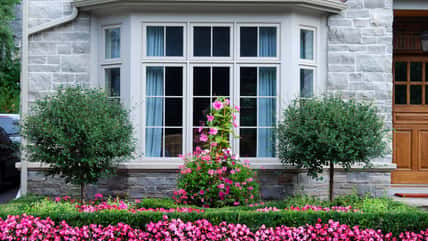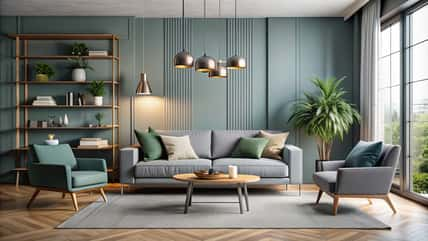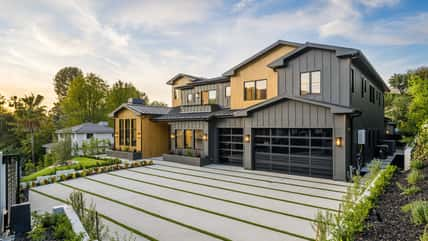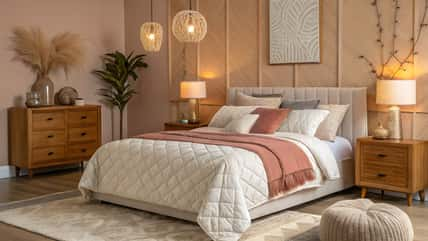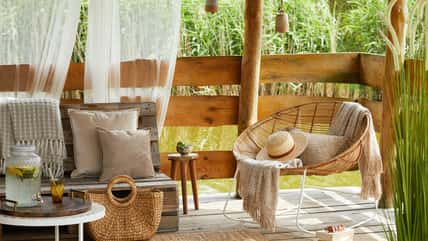Biophilic Design Is The Opposite Of Cold, Concrete Jungles, Incorporating Greenery And Organic Materials Into Buildings To Tie Nature And Our Urbanized World Together

The spaces in our modern world are increasingly becoming urbanized. Concrete jungles dominate the landscape, making everything look gray, lifeless, and gloomy. As a result, the longing for a connection to nature has never been stronger.
In recent years, people have turned to design philosophies that will create fresh, nurturing, and rejuvenating spaces, such as biophilic design.
Biophilic design focuses on integrating aspects of nature into buildings through greenery, lighting, and organic materials. It seeks to harmonize the manufactured environment with the natural world, boosting comfort and enriching our lives.
Not only does biophilic design enhance aesthetic appeal, but it also fosters productivity and overall well-being. If you’re curious about how to bring this trend into your home, read on to learn more.
At the core of biophilic design, there is sustainability. More and more Americans are embracing eco-friendly practices in an effort to live more sustainably. These practices are showcased through recycling, composting, conserving water, and shopping secondhand.
When it comes to interior design, incorporating “greener” options such as organic materials, natural fibers, and water-based, non-toxic paints is key to reducing the impact that buildings have on the environment.
Biophilic design aims to let the outdoors in. From skylights and full-length windows to indoor plant beds and potted succulents, these elements will enable you to feel one with nature even if you live in a crowded city.
The presence of plants is absolutely necessary for seamlessly creating a relationship with the natural world. They offer more than aesthetic appeal; plants consume carbon dioxide, reduce pollution, and improve the air quality in your home.
Beyond plants, consider accessorizing with shells, pebbles, berries, driftwood, tree branches, acorns, and pinecones. You can implement wood floors, unglazed terracotta on walls, or a water feature to contribute to a more peaceful, calming atmosphere.
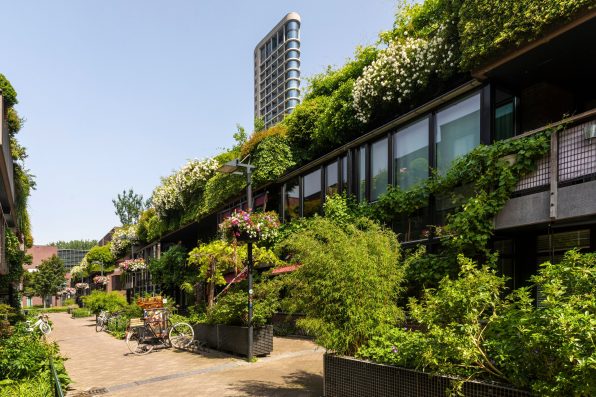
Lea – stock.adobe.com – illustrative purposes only
Add some warmth and coziness to your home through an earthy color palette, which consists of shades of brown, green, gray, and beige, as well as muted tones of orange, yellow, and red.
Include shapes, lines, and forms that would occur in nature. Although organic forms found in nature may seem irregular and imperfect, they will bring symmetry and fluidity to your home. Nature is full of soft curves that bend, twist, and flow.
Choose furniture pieces that are more on the circular side, such as sofas and chairs with smooth, rounded corners.
Avoid tables with hard, angular lines and sharp edges that will give your space a harsh appearance. Arched windows are also characteristic of a home decorated in biophilic design.
Additionally, look for materials like wool, cotton, linen, silk, bamboo, stone, and wood. Steer clear of faux plants and other artificial items. It’s best to invest in pieces that last.
Overall, biophilic design will provide many benefits, such as cleaner air, reduced stress levels, a clearer mind, and a refreshed soul.
Sign up for Chip Chick’s newsletter and get stories like this delivered to your inbox.
More About:Home

